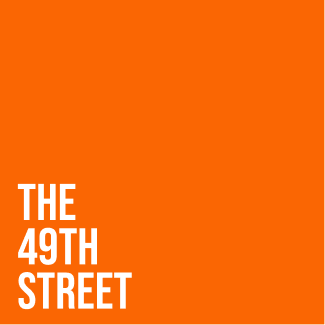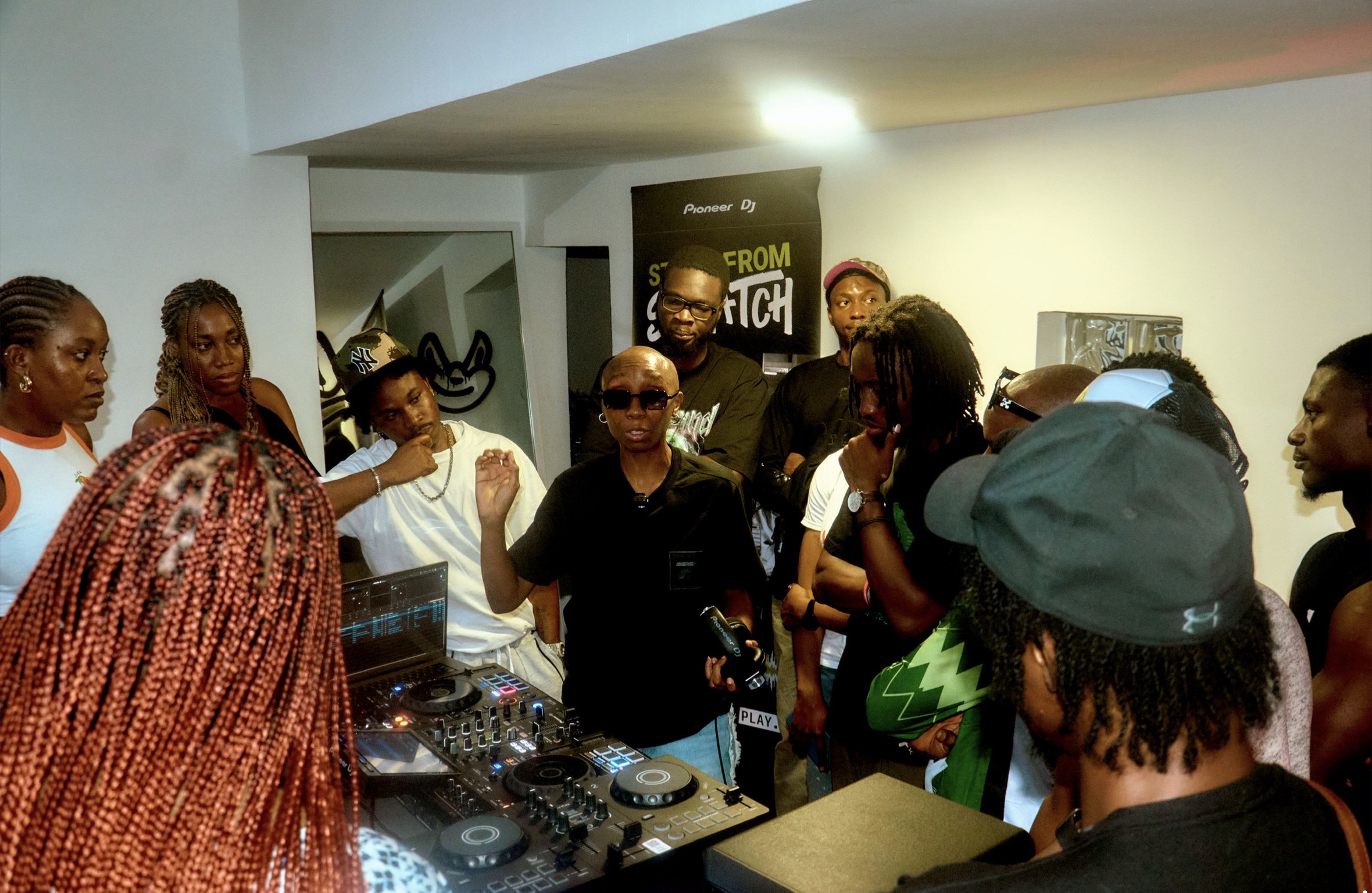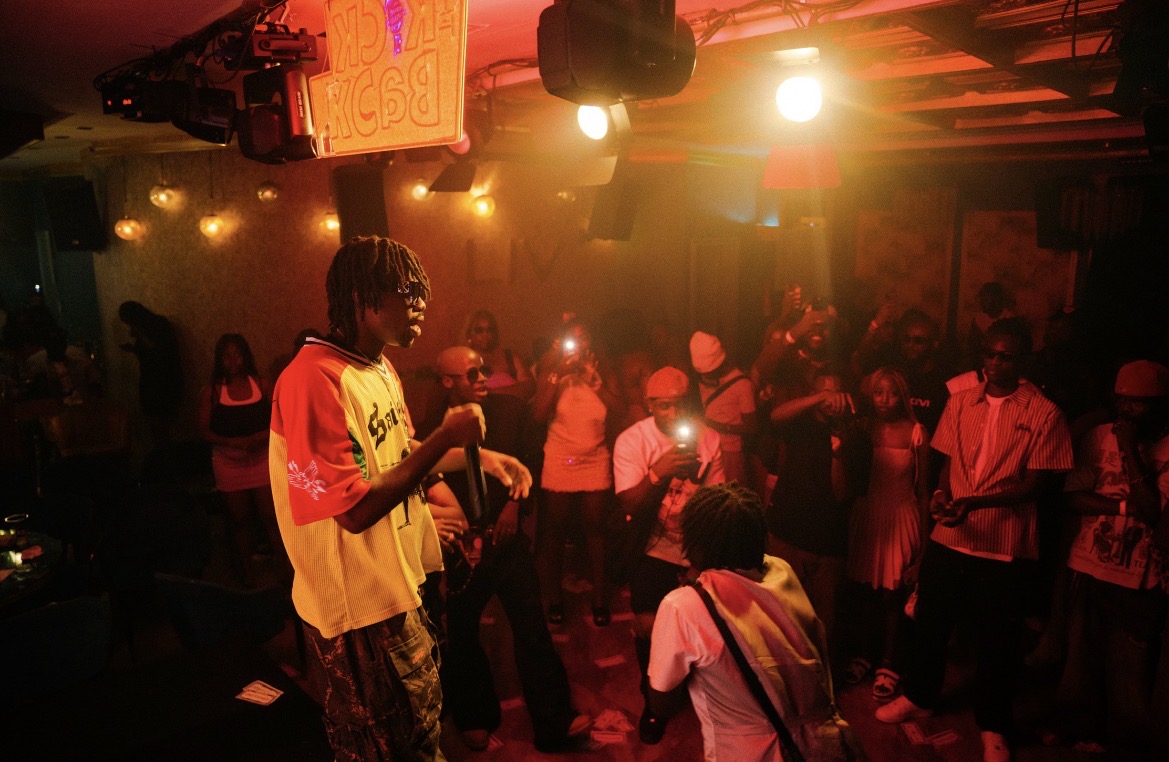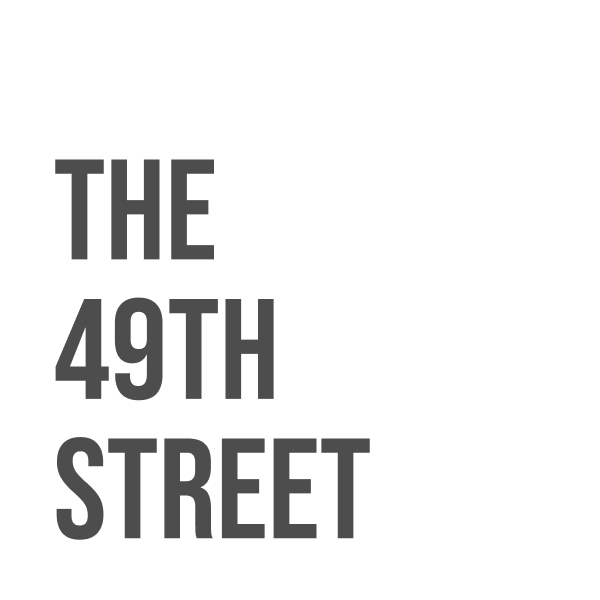By Ifeoluwa Olutayo.
All Images in this article are courtesy of Joanna Macgregor and the Soto Gallery.

Fiberglass.
These signs follow those who believe. Signs are all there, the technical dexterity of the works, the stories stitched into unbelievable mediums, and the steady hand of a curator well-versed in assembling a testament to the talents of Nigerian artists.
I went sign searching again over the last weekend, and I happened upon the second edition of the Soto-helmed, Ecobank-backed +234 Art Fair, an event that I had written about extensively during its inaugural run.
This year’s +234 Art Fair theme was Patronage, and this framing called on all and sundry to pledge support to the arts and the artists in ways that sustained the continuous expressive nature of these stalwarts.
This year’s display was larger than last year’s, with various restructuring (for better or worse) allowing a larger selection of sculptures this year, helmed by curator Joanna Macgregor. This year’s sculpture pavilion had unknown and familiar hands at work, presented across several pavilions on display from the entrance, works that I found arresting.
My first set of cuffs emerged from the artists adopting upcycling either as commentary on the state of our environment and the ever-drowning cities of waste, or just creating new from old, committed to the tenets of artists in consideration of tools in his immediate environment and the strength in reinvention.
Kamo Peter Tondo was my starting point; he is an artist of the Nsukka Art School, well known for their commitment to the use of experimental mediums for sociopolitical commentary, drawing from a storied use of the postulated Natural Synthesis theory pioneered by Uche Okeke, and driven specifically in this respect through the adaptation of the fluidity of line and symbols of uli, a mural and body painting art form practiced by Igbo women, and nsibidi, one of the oldest writing systems in Africa, found in the Southeastern part of Nigeria.
His medium of focus is raffia palm fronds, plucked fresh, dried and dyed, before being weaved into ropes for his works. He weaves this in with discarded packaging materials, creating a deft mix of naturally occurring and reclaimed materials, a fitting example of an artist always in dialogue with his environment, couching his expression in sustainability and challenging these ideas of waste as unusable material.
I found the same considerations in Olushola Oluwaseun Olajobi’s work with nylon wastes, albeit more of a didactic focus, as it draws from a history of the politics of exploitation, waste and extraction as you will find in the storied evils of the Niger-Delta region, as found in conversation with a very equipped guide on his work.
Olushola’s creative reuse of nylon wastes also seeks to bring interested viewers into these conversations, one of which is questioning the overpowering presence of waste in our environment and the degradation of our quality of life in these scenarios, one that leads back to the various management and legislation considerations that have made this to be.
There were running themes that in the work before me; a supposed human-driven dearth of abundance due to our corrosive actions and a lack of consideration for other organisms in the world that we exist alongside, a world overwhelmingly human (and human waste), driving imbalance in every sphere of existence, bringing us to an accepted culture of concrete and waste. When last did you happen upon a butterfly?
Taiwo Owoyemi’s work also figures on some of the recurring themes with the previously discussed artists, one of which is drawing beauty out of discarded waste, reinventing if you will, what has apparently reached the end of a use-cycle. His use of plastic waste, especially noodle wrappers to make flowers reinforced with a wire mesh is a sprawling reinvention of waste into art, couching his practice in sustainability.
Plastic Waste and aluminium foil on galvanised mesh.
Israel Padonu’s work was also one of interest, in the very positioning of layers of materials to bring form to the fore. Of Life, Cyclic and Bumpy is aptly reflected in his choice of materials, with cartoon, wood, plastic, net, fabric all made use of to accentuate the acrylic on circular canvas he uses to create the work. Figures are given corporeality through the careful layering of these mixed media, projecting not only the form but also reinforcing all of the various feelings and positions we find ourselves in life; it is sometimes circular, our experiences, and sometimes, it’s bumpy, but they all reflect life’s seasons.
Of Life; Cyclic and Bumpy (01) by Israel Padonu (2025).
Mixed Media.
Artists like Umeadi Ikechukwu Umeadi carved stories into wood (bas-relief sculptures), evoking an air of mystique and representation of cultural heritage through metaphors. Storyteller, for instance, speaks to our oral history, of the need to protect our heritage and in a more witnessing sense, the relationship between teller and the listening ear. How does communication shape our understanding of culture, especially when storyteller is bound to remembering (memory’s transient nature) and instructing (narrative choices).
Wood Carving.
Donald Hilary Mfon’s work was of interest, as I found the intricate merging of two worlds in the various buildings she put together. Homestead, for instance, bears a western design, of brick and stone, with small windows, while sporting a corrugated-sheet roof, bringing to the fore questions about identity, and belonging. Her miniatures speak to a world of intentional hand-craft and detail, one that was a treat to look at.
Homestead by Donald Hilary Mfon (2024).
Carton, Adhesive, Wood, Paper, Acrylic Paint.
Mary Toluwani Balogun’s work also evokes the same reactions in craft for me. Her work, Iko Agbele, Abile Wa (Time Past, Time Present), is a meditative display of the influence of our past and present on our future endeavours. I have a growing appreciation for the work of textile artists and her work reflects, especially in the colours and shapes, a consideration for Growth as time passes, with the intricate floral patterns and recycled twine woven into the fabric. She tells stories in form, of life, interconnections, and progress.
Betrayer of Blood by Michael Emmanuel Opeyemi is an incredible show of craftsmanship, with a conversation opened through the gashes of colour about man’s irrevocable intuition for betrayal and evil all in service of power. We are marked, in various eras, by our service to this consuming need to dominate, and it has, contrary to popular belief, spoken more to our humanity’s failings than personal failings, given the frequency of these intuitions. Works like the Fashionista by Ibrahim Afegbua spoke to the insane levels of craftsmanship we hold as a nation, with annealed wire (wire heated for malleability) used to create breathtaking bursts of colour and beauty.
The Fashionista by Ibrahim Afegbua (2022). Annealed wire.
The same considerations can be found in the work of Emeka Ilechukwu, who immortalises culture and social scenery in the brilliant Reception, a storied portrayal of festivity and what brings us together. Once again, cultural heritage and preservation is at the fore, representing not only intricacies and craftsmanship, but a tale where all lines carved into teak wood, leads home.
Reception by Emeka Ilechukwu (2024).
Acrylic on Carved African Teak Wood.
This year’s +234 Art Fair sculpture exhibit boasts fantastic curation, in pairing, in compositions and in the audience experience, and that is a big kudos to the curator, Joanna, and the team at Soto Gallery who worked on bringing this vision to life.
The year’s theme of patronage is now, more than even, more relevant, as support, be it financial or otherwise, will continue to help these incredible artists (and many more across the other pavilions at the art fair) produce works that are a reflection of the society’s (and sometimes, personal) realities and failings. What is art if not a question all the time and an answer, sometimes? An answer not necessarily only to problems but to how we think and consider them and what we even choose to consider and obsfucate in the first place.
In the end, the considerations of the soul and its unyielding need to express is, in my opinion, the ultimate response to the question; what is art?
Narratives abound, and signs were present.
What signs?
Undeniable craft, personal and cultural heritage, and a wonderland of sculptures.




